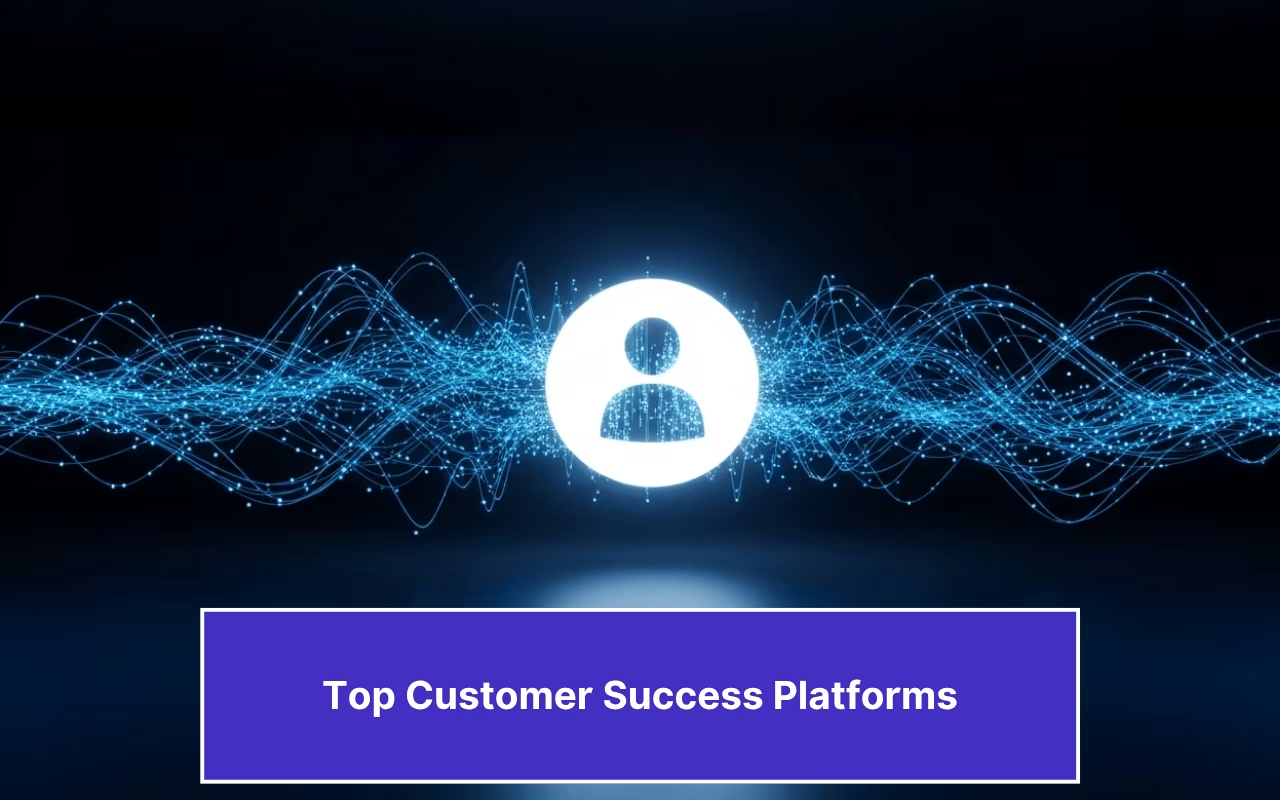Updated on May 29, 2025

A shared inbox is an email management system that allows your team to operate and answer all customer questions through a single email account. Since all customer messages come into one account, a shared inbox reduces the chances of your team overlooking a customer or duplicating their efforts.
This kind of unified interface is vital for larger customer support teams that are expected to handle a large volume of emails simultaneously. Take Cisco Meraki, for instance, which has a dedicated sales support team of 16 people who deliver support to 600+ sales representatives from the enterprise. They switched from Outlook to a shared inbox tool and reduced their response time to 15 minutes.

Taking a cue from Cisco Meraki, we will use this article to tell you about shared inboxes and how they can help you improve your customer support function. We’re going to cover:
2. Why do Customer Support Teams Need a Shared Inbox?
3. How can a Shared Inbox Improve Email Support Efficiency?
4. Case Study
5. Conclusion
What is a Shared Inbox?
Enterprise customer support teams deal with many customer emails every month. For perspective, the Sales Support team handled over 10,000 incoming emails monthly in the Cisco Meraki case study.
This is where traditional email systems start failing. Because there is no ticketing system, it’s hard to understand if all customers have received support. Also, since multiple agents would open your support email, some customers might receive two different sets of information from two agents simultaneously.
Delayed responses and conflicting information are a no-go when 88% of customers consider customer service a crucial factor in their buying decisions. As CX veteran Shep Hyken puts it, “While product quality will always be important, most of today’s customers (more than six out of 10) insist on an experience that meets their expectations.”

As customer needs become more stringent and evolve, the need for team inboxes is more significant than ever. But how do you know if the tool you’re purchasing is right? Let’s talk about the features of a Shared inbox.
What are the Features of a Shared Inbox?

There are a few non-negotiable featured in every team inbox software:
1. Conflict Handling – Your inbox should have a ticketing tool that assigns emails to specific agents to prevent conflict and doubling of efforts.
2. Automated Responses – Most shared inboxes allow you to create templates and canned messages to respond to incoming emails. Modern team inbox software is also fitted with generative AI that can reply to repetitive queries in a personalized manner.
3. Group Email – Your team members should be able to log into the email ID without having to log into their accounts. Agents should be able to use the inbox to share information.
4. Workflow Automation – Some email support clients offer workflow automation to assign tickets based on availability and expertise. This improves email support triage efforts.
5. Internal Notes – For longer conversation threads and important customer-specific information, a Notes functionality should let your team members inform the team about important context and extra requests.
6. Analytics – You should be able to view the customer engagement and overall CSAT statistics from a live dashboard to keep track of your team’s performance.
Look out for these features before you decide on a team inbox platform. For more clarification on how you can see if your new email management system has all the features, we’ve also created a small table summarizing the difference between team inboxes and traditional email management platforms.

Difference Between Shared Inbox v/s Traditional Email Management Platforms
| Characteristic | Individual Email Accounts | Team Inboxes |
| Access | Single user | Multiple team members |
| Visibility | Private to one person | Shared across team |
| Communication Flow | One-to-one communication | Collaborative communication |
| Message Assignment | No built-in assignment | Can assign messages to specific team members |
| Accountability | Individual responsibility | Collective team responsibility |
| Tracking | Limited tracking of interactions | Comprehensive tracking of interactions |
| Handover | Difficult to transfer emails | Easy to pass conversations between team members |
| Collaboration Tools | Minimal | Advanced (comments, internal notes, status tracking) |
| Scalability | Limited to individual needs | Designed to handle team-wide communication |
| Privacy Controls | Basic individual settings | Advanced team-level permissions and access controls |
Now that we understand all the facets of shared inboxes let’s try to understand why they are so important for customer service.
Why do Customer Support Teams Need a Shared Inbox?
As we’ve already shown, customer support teams can use shared inboxes to streamline, manage, and triage customer communication. This makes their jobs much more straightforward.
Some of the benefits of a shared inbox are as follows:
1. No More Scattered Conversations
Traditional email inboxes are meant to be used individually. While it’s easy for a team to manage one of these inboxes when the message inflow is relatively low, it becomes more complex when the incoming messages increase.
Each of your support team members would then need to create notes of the specific conversations they’re handling, continuously monitor threads for replies, and navigate through thousands of messages to find relevant ones.
In a shared inbox, however, they will have it all in one place and get automatic updates.
2. No Intra-Team Conflicts
Traditional email inboxes do not have a ticketing platform. Two of your team members can immediately reply to a customer complaint when you receive a message.
Understandably, this creates a bad customer experience and should be avoided. A shared inbox skips this problem with a ticketing system where each email is assigned individually to a particular agent based on availability and expertise.
3. No Missed Emails
Assigning tickets also ensures that your agents connect with and resolve complaints from all your customers. Since tickets are individually assigned, every customer complaint is addressed.
Additionally, as we pointed out in the case of Cisco Meraki, it reduces the overall resolution time because agents don’t have to search for open tickets in a traditional email inbox.
This increase in efficiency and the reduction of redundant efforts boost CSAT scores and improve customer support team morale. It also leads to increased efficiency in email-based customer support overall; let’s look at the reasons.
How can a Shared Inbox Improve Email Support Efficiency?

Shared inboxes improve email support efficiency in several ways. Some of the reasons are:
1. Centralized Email Management
One of the primary benefits of a shared inbox is the centralization of email management. In traditional setups, emails become scattered across individual accounts, leading to inefficiency and the risk of overlooked messages.
A shared inbox combines all these customer interactions into one location, allowing team members to access and manage inquiries easily.
This transparency ensures that everyone knows the status of customer queries, reducing the chances of duplicated efforts or missed responses. Additionally, the collaborative inbox ensures that complex issues can be addressed more efficiently, enhancing the overall customer experience.
2. Enhanced Collaboration with Internal Notes
Internal notes help your agents understand the context behind specific customer communication. It improves collaboration because your agents can directly refer to notes to understand different nuances of the current customer relationship without navigating to another screen.
This also ensures that conversations are seamless and the customer experience is improved.
3. Faster Responses with Canned Responses
Canned responses and templates allow your team members to send quick responses to repetitive questions. For example, you can have a canned message prepared for whenever someone asks about the pricing of your product, and you can directly respond without having to compose another message altogether.
These canned responses can be sent with one quick click and help reduce overall resolution time for your customers.
4. Efficient Ticket Routing and Automation
Since all tickets are assigned and specific automation ensures that the right ticket is transferred to the right agents, overall customer satisfaction improves.
The systemic approach minimizes the likelihood of overlooked messages and helps customers get the right help whenever needed. This also improves the overall scalability of customer support since your team members have segregated tasks and can attend to specific issues without interruptions and conflicts.
5. Prevent Redundancies with Collision Detection
As we have said before, having a shared inbox ensures that each email complaint is individually assigned to a particular agent. This prevents redundant messages since every agent has properly divided task lists that they attend to.
Whenever an email is responded to by two different agents, it is defined as a collision. Shared inboxes prevent these through ticketing.

6. Tracking and Improving Performance with Analytics
Most shared inbox tools also have a live dashboard to track the performance of your team members. These dashboards track metrics around resolution rate, response time, and agent workloads.
This lets you access agent-level metrics, where you can find insights into improvement areas for each agent. These metrics and insights will help you improve your entire team’s performance.
7. Training and Onboarding New Team Members
Access to the shared communication history helps you provide important information to your newly onboarded team members. They can use these communications to understand the type of support each customer expects and the solutions that have worked in the past.
Since new team members can use the shared inbox to get information whenever they want, they can also start and get onboarded much faster.
8. Organized Dashboard for Streamlined Operations
As we mentioned in a previous point, most shared inboxes have an organized dashboard. This lets your agents track their performance and see the messages they still have to reply to and the pending issues.
Having this level of transparency helps your team coordinate and manage their operations better, improving the efficiency of your customer support operations.
9. Integration with Other Tools
Email support systems are much more efficient when plugged into multiple platforms. With CRM integration, you can improve client relationships by creating more detailed profiles about customers with support conversations.
Calendar integrations can help you schedule support calls and directly help customers. Shared inboxes provide multiple tool integrations through their platforms and improve overall support efficiency.
Now that we know how a shared inbox helps your support team become efficient let’s see how it improves the performance of a support team in the real world. We’ve already discussed Cisco Meraki, so let’s take another example in the next section.
Talon Air – A Shared Inbox Case Study

Talon Air was managing its customer support through Outlook. However, Outlook’s shared inbox worked by color-tagging specific tickets for assignment and lacked advanced ticket routing.
This led to the problems we have discussed above. According to Matt Zodda, the Director of Client Assurance at Talon Air, “Team members would step on each other’s toes when they were in the same room working the same inbox. Sometimes, they’d end up sending clients double replies.”

Outlook didn’t integrate with Talon Air’s backend, so agents had to manually pull out information before answering customers.
With a modern shared inbox, the Talon team increased the efficiency of their email support. The company saved over 20000 hours each year because it could automate answers to repetitive queries with canned responses and because there was no redundant effort.
Matt Zodda still swears by their shared inbox tool and plans to expand it to other areas of Talon Air’s operations.
Countless enterprises worldwide use team inboxes to improve CSAT scores and overall CX. And just like Talon Air, they can’t imagine performing email support without it.
Looking to enhance your email ticketing system with AI automation? Check out this guide on AI-powered email ticketing to streamline customer support and improve efficiency.Here’s a quick video on automating emails with an AI-powered email ticketing system.
Wrapping Up
Real-world examples like Cisco Meraki and Talon Air show the efficiency shared inboxes bring to support operations.
Cisco Meraki transformed its sales support by reducing response times to just 15 minutes, while Talon Air saved over 20,000 hours annually by eliminating redundant efforts and automating repetitive queries.
These case studies demonstrate that shared inbox technologies are not just tools but strategic solutions that can dramatically improve customer support efficiency, reduce team conflicts, and enhance overall customer experience. As expectations for customer engagement evolve, shared inboxes have become essential to modern customer support operations.
We at Kommunicate also love improving efficiency of customer support organizations, so we’re happy to introduce you to our new AI-powered shared inbox. Check it out here!

CEO & Co-Founder of Kommunicate, with 15+ years of experience in building exceptional AI and chat-based products. Believes the future is human + bot working together and complementing each other.




